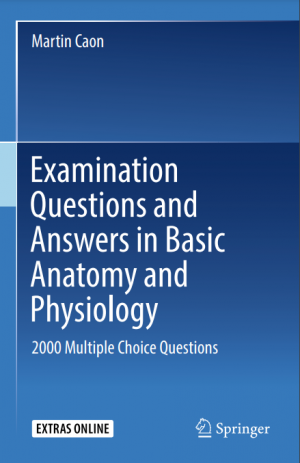
Questions
1878

Views
A PHP Error was encountered
Severity: Warning
Message: Undefined property: stdClass::$TotalViews
Filename: books/book.php
Line Number: 411
A PHP Error was encountered
Severity: Warning
Message: Undefined property: stdClass::$TotalViews
Filename: books/book.php
Line Number: 411

Best Answers
299

Points




